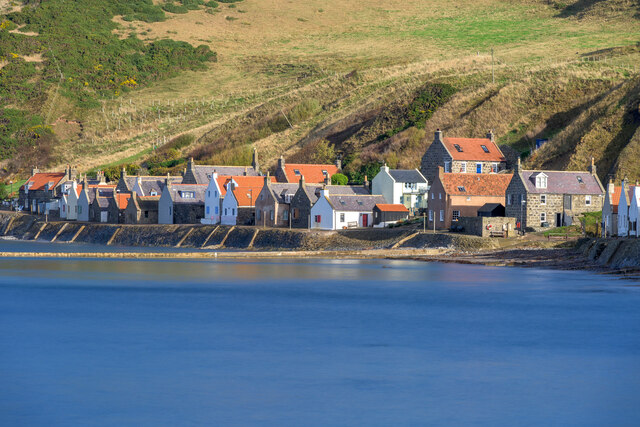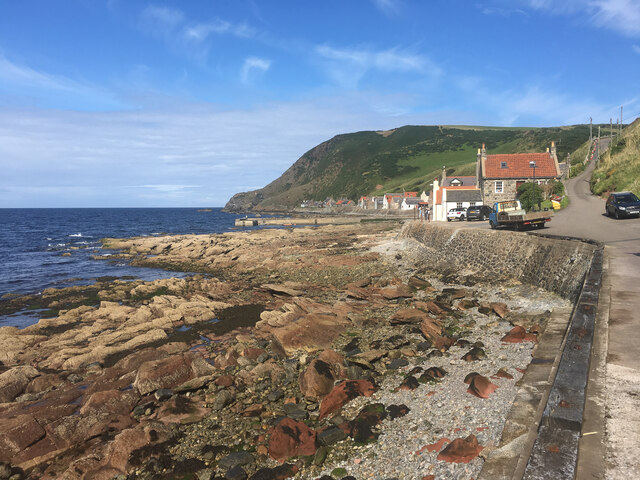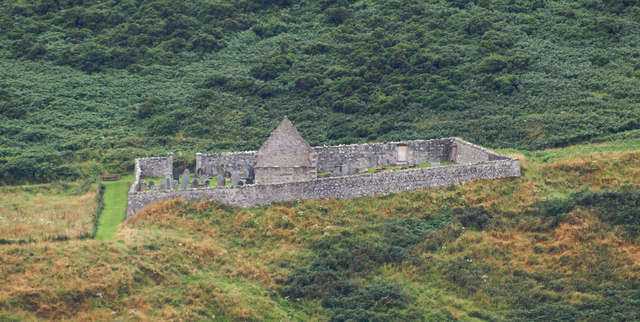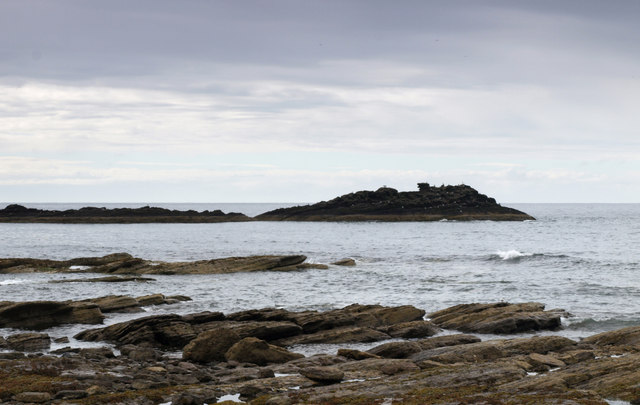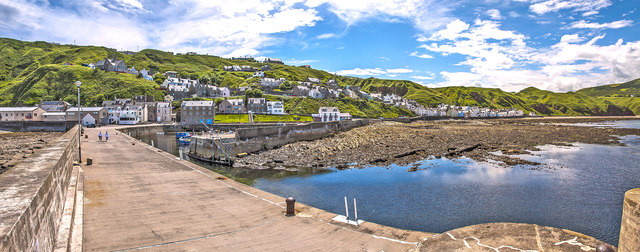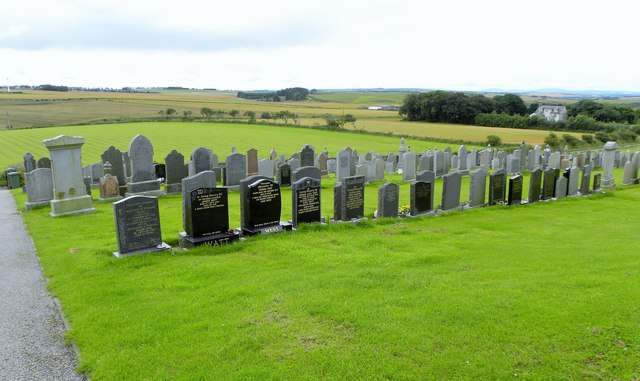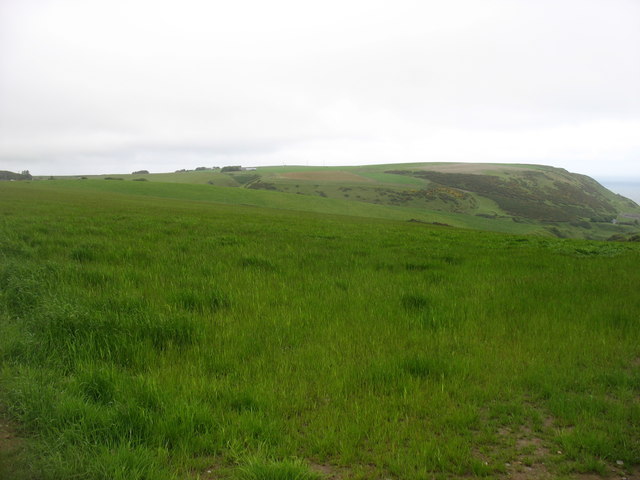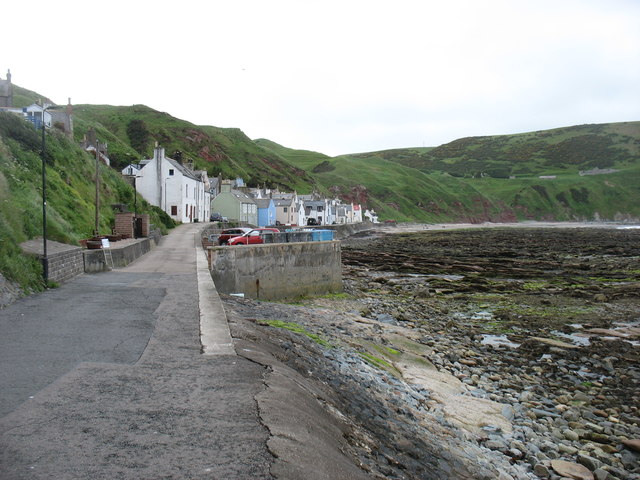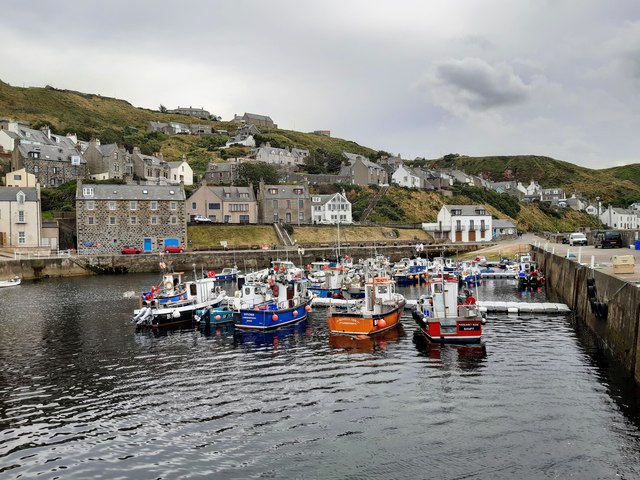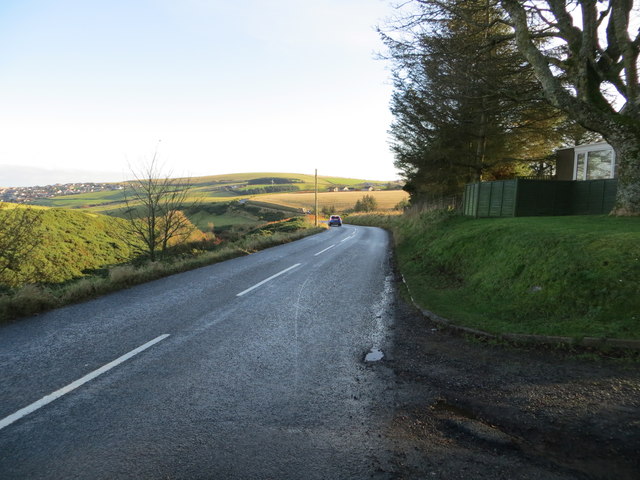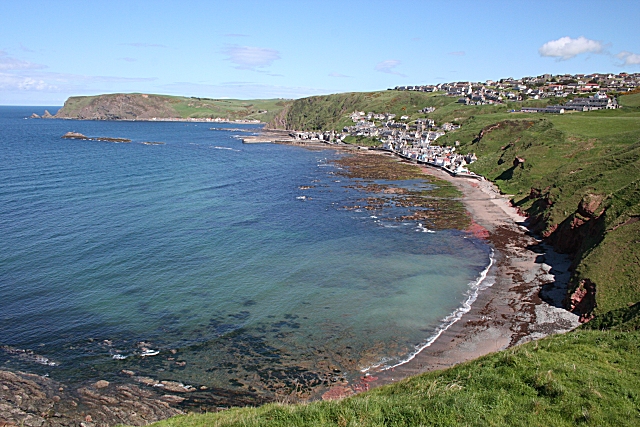Hill of Findon
Hill, Mountain in Banffshire
Scotland
Hill of Findon

Hill of Findon is a prominent hill located in the county of Banffshire, Scotland. It stands at an elevation of 231 meters (758 feet), making it a notable landmark in the region. The hill is situated near the village of Findon, approximately 4 kilometers (2.5 miles) southwest of the town of Portsoy.
Hill of Findon boasts a distinctive conical shape, with its summit providing panoramic views of the surrounding area. The hill is covered in lush green vegetation, predominantly heather and grass, giving it a picturesque appearance. It is a popular destination for hikers and nature enthusiasts, who are drawn to its scenic beauty and the opportunity to observe local wildlife.
The hill is accessible via well-maintained hiking trails, offering varying levels of difficulty for visitors of all abilities. As one ascends, there are several viewpoints along the way that provide captivating vistas of the Banffshire coastline and the nearby Moray Firth.
The Hill of Findon also holds historical significance, with remnants of prehistoric settlements found on its slopes. Archaeological excavations have uncovered evidence of human occupation dating back thousands of years, including stone tools, pottery shards, and burial sites.
Overall, Hill of Findon presents a perfect blend of natural beauty, outdoor recreation, and cultural heritage. Whether one seeks a challenging hike, a peaceful retreat in nature, or an opportunity to explore ancient history, this hill offers a captivating experience for visitors to Banffshire.
If you have any feedback on the listing, please let us know in the comments section below.
Hill of Findon Images
Images are sourced within 2km of 57.662499/-2.3330741 or Grid Reference NJ8063. Thanks to Geograph Open Source API. All images are credited.

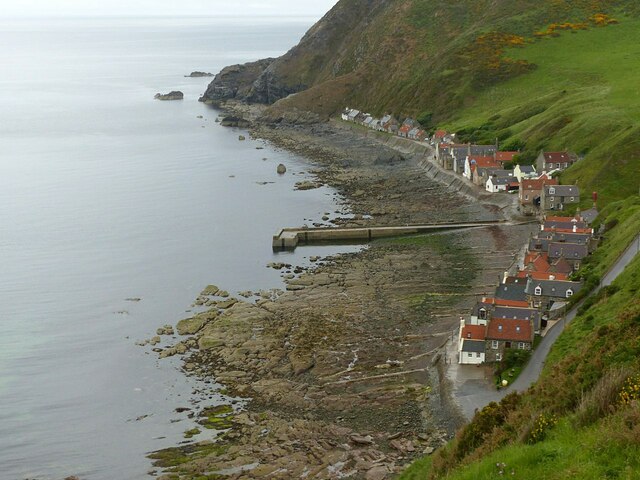

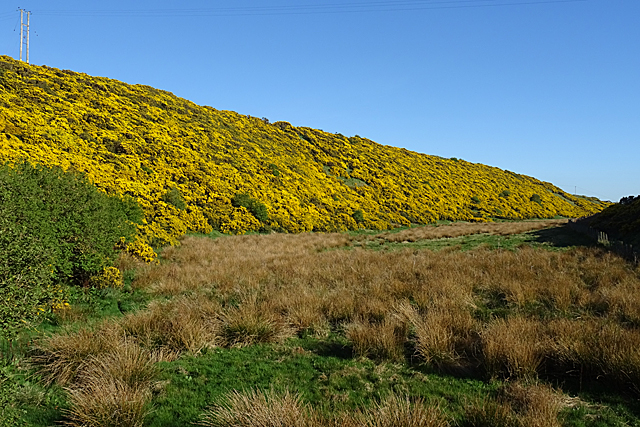
Hill of Findon is located at Grid Ref: NJ8063 (Lat: 57.662499, Lng: -2.3330741)
Unitary Authority: Aberdeenshire
Police Authority: North East
What 3 Words
///tint.large.decide. Near Macduff, Aberdeenshire
Nearby Locations
Related Wikis
Dubford
Dubford is a small village in northern coastal Aberdeenshire, Scotland. Dubford is situated along the B9031 road approximately 6 kilometres (3.7 mi) east...
Gardenstown
Gardenstown (Scots: Gamrie) is a small coastal village, 8.7 miles (14.0 km) by road east of Banff in Aberdeenshire, northeastern Scotland. The village...
St John's Church, Gamrie
St John's Church is a ruined church and kirkyard in the parish of Gamrie, Aberdeenshire, Scotland. The church, dedicated to St John the Evangelist, was...
Gamrie Bay
Gamrie Bay is a bay in Aberdeenshire, Scotland. The bay is between Crovie Head and More Head. The villages of Gardenstown and Crovie are located within...
Nearby Amenities
Located within 500m of 57.662499,-2.3330741Have you been to Hill of Findon?
Leave your review of Hill of Findon below (or comments, questions and feedback).

